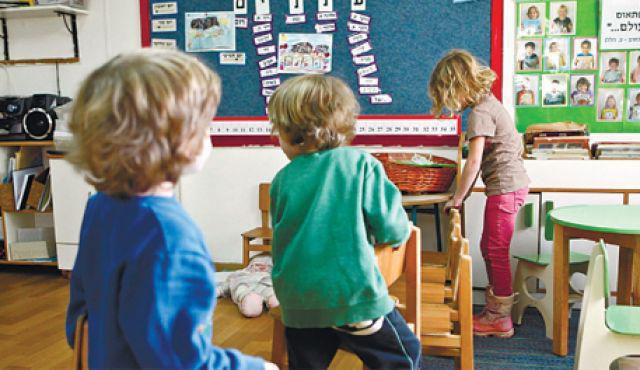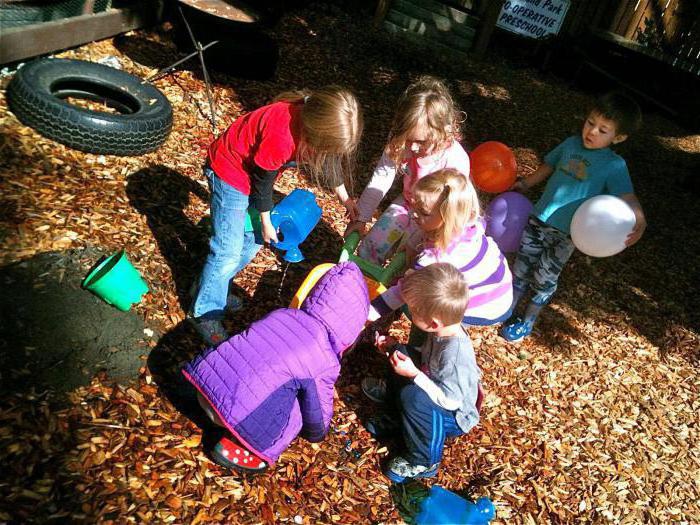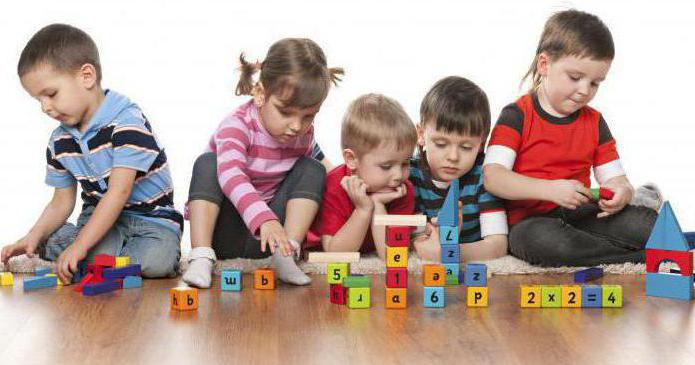Forms and methods
The system-activity approach as the basis for the implementation of the Federal State Educational Standard makes it possible to take into account the age-related, physiological, and psychological characteristics of children. Particular importance in the new educational system is given to the search for forms of communication between mentor and student for full and productive joint activities.
New technologies ensure a smooth transition from preschool education to the school level.
The system-activity approach as the basis for the implementation of the Federal State Educational Standard is distinguished by various organizational forms and allows taking into account the individual abilities of each individual student. Teachers can work not only with gifted children, but also with children with health limitations.
Personality development
As a result of joint fruitful activities, children get the opportunity to realize their creative potential.
The system-activity approach is the basis for the effective implementation of the second generation Federal State Educational Standard. This method differs from traditional educational technologies in its variety of forms and the possibility of active inclusion in search and research activities.
How else do innovative educational technologies differ? The system-activity approach is the basis of the Federal State Educational Standard of LLC, without it it is difficult to fulfill the requirements that society places on the level of modern education.
The basis for the success of each child, the formation of his skills and numerous competencies, should be a systematic change of methods and types of activities, which is fully ensured by innovative educational technologies.
The system-activity approach as the technological basis of the Federal State Educational Standard needs an updated methodological base. It involves the selection of a set of innovative approaches and techniques that allow the teacher to enhance the students’ own activities.

History of formation
The idea of combining activity and systems approaches was proposed by domestic scientists and teachers. The system-activity approach as the methodological basis of the Federal State Educational Standard appeared in 1985. Among its developers, we highlight E.V. Ilyenkov, E.G. Yudin, and psychologist A.G. Asmolov. The developers of the new educational system carefully studied the experience of foreign colleagues, as well as the methods of developmental and advanced learning created by L. S. Vygotsky, L. V. Zankov, D. B. Elkonin.
The system-activity approach as the methodological basis of the Federal State Educational Standard was the result of a synthesis of various innovative technologies created in the 20th century by foreign and domestic psychologists and scientists. He included the best teaching experience of several decades. Today, the system-activity approach is the basis of domestic education at all levels, including the preschool system.
The educational process in preschool educational institutions is regulated by state standards developed for the preschool educational program.

New educational trajectories
The system-activity approach as the basis of the Federal State Educational Standard involves assessing the quality of education according to certain criteria:
- learning results are personal and socially significant;
- high-quality knowledge allows children to build individual educational trajectories for personal development;
- differentiation of training is allowed while maintaining the unity of theoretical material;
- increased motivation of schoolchildren to study is manifested;
- conditions are created for personal and general cultural improvement;
- the formation of competencies is carried out in different subject areas.
The system-activity approach as the basis of the Federal State Educational Standard has practical significance; it is relevant and in demand in modern society.





